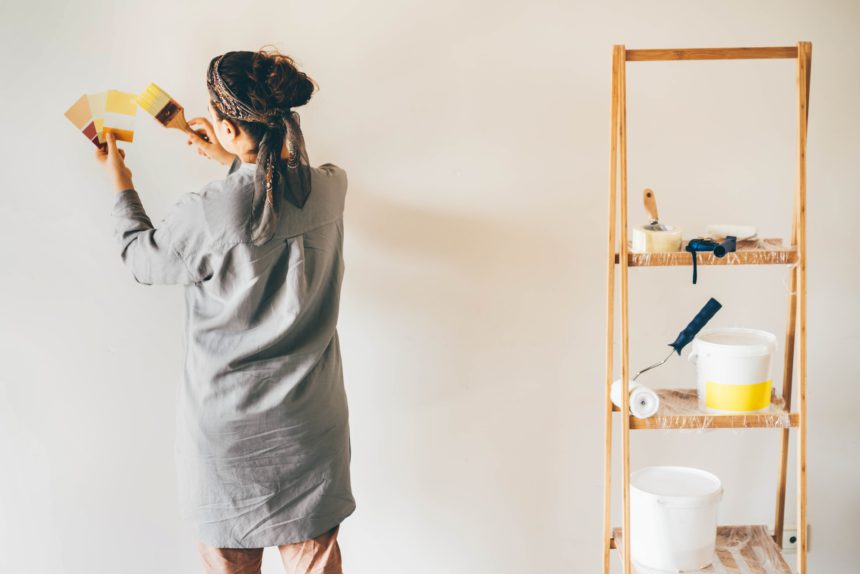Wall decorations play a crucial role in defining the ambiance of a space. They reflect personal style and can transform a dull room into a vibrant environment. One of the most engaging ways to achieve this is through abstract painting. This article explores simple methods to create your own unique wall decorations using abstract painting techniques, allowing you to express your creativity and personalize your living space.
Understanding Abstract Painting
Abstract painting is a form of art that does not attempt to represent an accurate depiction of visual reality. Instead, it uses shapes, colors, forms, and gestural marks to achieve its effect. This freedom allows artists and hobbyists alike to explore their creativity without the constraints of traditional representation.
The Benefits of Abstract Painting
Engaging in abstract painting offers numerous benefits:
- Creative Expression: It allows individuals to express their emotions and thoughts without the need for technical skills.
- Stress Relief: The act of painting can be therapeutic, providing a calming effect and reducing stress levels.
- Personalization: You can create pieces that resonate with your personal style and the mood you want to set in your space.
Simple Abstract Painting Methods
Creating your own abstract wall decorations can be both fun and fulfilling. Here are some simple methods to get you started:
1. Pour Painting
Pour painting is a technique where paint is poured onto a canvas, allowing it to flow and create unique patterns. This method is particularly appealing for beginners due to its simplicity.
- Materials Needed: Canvas, acrylic paints, pouring medium, and a plastic cup.
- Steps:
- Mix acrylic paint with a pouring medium to achieve a fluid consistency.
- Pour the mixture onto the canvas in various directions.
- Let the paint flow and create abstract designs as it settles.
2. Palette Knife Painting
Using a palette knife instead of a brush can create interesting textures and shapes. This method allows for more control over the paint application and can yield stunning results.
- Materials Needed: Canvas, acrylic paints, and a palette knife.
- Steps:
- Apply paint directly onto the canvas using the palette knife.
- Experiment with different angles and pressure to create various textures.
- Layer colors to add depth and complexity to your artwork.
3. Stencil Art
Stencil art combines abstract elements with structured designs. This method is great for those who want to incorporate shapes and patterns into their work.
- Materials Needed: Canvas, acrylic paints, stencils, and a sponge or brush.
- Steps:
- Place the stencil on the canvas and secure it.
- Use a sponge or brush to apply paint over the stencil.
- Remove the stencil to reveal the design, and add additional layers or colors as desired.
Inspiration and Examples
To spark your creativity, consider exploring various sources of inspiration:
- Art Galleries: Visiting local galleries can provide insight into different styles and techniques.
- Online Platforms: Websites like Pinterest and Instagram are filled with abstract art ideas and tutorials.
- Art Classes: Enrolling in a local art class can enhance your skills and introduce you to new methods.
Conclusion
Creating your own unique wall decorations through abstract painting is an enjoyable and rewarding endeavor. By exploring simple techniques such as pour painting, palette knife painting, and stencil art, you can produce stunning pieces that reflect your personal style. Not only does this process allow for creative expression, but it also serves as a therapeutic outlet. So gather your materials, unleash your creativity, and transform your walls into a canvas of self-expression!
